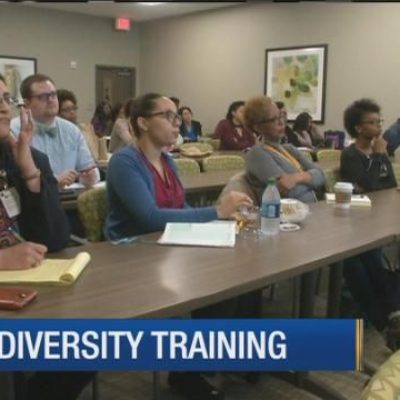School vouchers are coming to Nashville and Memphis: What it means for students and parents
A school voucher plan is coming to Tennessee’s two largest counties.
The education savings account program was a centerpiece of Gov. Bill Lee’s legislative agenda this year, and the General Assembly gave final approval to the plan on Wednesday.
The House and Senate had passed vastly different versions, and a conference committee gathered Wednesday morning, and after less than 30 minutes, approved a compromise that ironed out the differences.
On Twitter, Lee said the bill “provides more choices for more students and families.”
“This is an important day and I look forward to signing this bill into law,” Lee said.
So what’s in the final version of bill and how would it work? Here are some highlights:
What are education savings accounts?
Education savings accounts provide public money for parents who unenroll a student from their school district and allow them to use the funds on private school or other education-related expenses.ADVERTISING
Parents enrolling in the program would get debit-style cards to pay for tuition or the other approved expenses.
How much money would a student get?
On average, the state spends about $7,300 per student on education. That’s the amount, on average, a family would receive each year into their education savings account.
How many kids will be able to use the program?
The program, which would start in the 2021-22 school year, would apply to up to 15,000 by the program’s fifth year. Here’s how it would break down. BY THE SALVATION ARMYGetting rid of furniture? Don’t haul it yourself.See more →
- 5,000 students in the first year.
- 7,500 students in the second year.
- 10,000 students in the third year.
- 12,500 students in the fourth year.
- 15,000 students in the fifth year.
Which districts are targeted for the education savings account program?
Originally, students in five counties would have been eligible to participate in the program: Shelby, Davidson, Knox, Hamilton and Madison counties.
But later versions applied to just four and the final version only applies to Shelby and Davidson counties. In addition, students enrolled in schools overseen by the state-run Acheivement School District would also be eligible.
The ASD takes over the worst-performing schools in the state, and often turns operations of them over to charter schools, and largely works in Shelby and Davidson counties.
Are home-school students allowed to participate?
No. That was one of the differences lawmakers had to compromise on.
The Senate version of the bill allowed parents to unenroll a student from a public school and home-school them instead and use the education savings account for related expenses. The House version did not include that provision.
Are there testing requirements?
Yes. The bill only requires that students take the standardized math and English exams. It removed a House mandate that students in the program take the TNReady social studies and science tests.
Are there income requirements?
Yes, the program applies to low-income families. A student’s household income must meet the same requirements as the federal Temporary Assistance for Needy Families program.
To verify eligibility, a household would have to provide a federal income tax return or proof that the parent of an eligible student is eligible to enroll in the temporary assistance program.
Eligibility, particularly whether a student who entered the country illegally as a child could participate, has been a sticking point for some lawmakers.
Sen. Todd Gardenhire, R-Chattanooga, blasted the legislation because of a provision that would prohibit families with undocumented students from receiving money. Gardenhire previously voted for the bill but switched to a no on Wednesday.
A 1982 U.S. Supreme Court ruling that says students who entered into the country illegally can’t be denied a public education. School districts do not ask the immigration status of students.
What responsibility do the districts have to your student if you participate?
In short, a district would have no responsibility to the parent if they unenroll children from their school.
Both bills say that parents must release the district from “all obligations to educate the participating student while participating in the program.”
What is the cost to the state?
That’s a good question. It all depends on how you account for the money and how many students participate in the program.
And lawmakers don’t agree, either, on the full cost. In fact, questions over a fiscal analysis of the bill forced Senators to delay their vote Wednesday. A new, updated analysis was later released.
At it’s core, here’s how the finances would work.
The plan would tie state funding for education to the student. In this case, the roughly $7,300 per student would go into the ESA.
The state would shift money away from Tennessee’s Basic Education Program to fund the education savings accounts. That’s all existing money, through a combination of state and local sources.
Then an equal amount of money would go into a new school improvement fund for three years starting in fiscal 2021-22 when students can begin enrolling.
That new fund would provide grants to Metro Nashville Public Schools and Shelby County Schools to make up for the money that the districts lose when the students participating in the ESA program leave a public school.
That’s new money — $165 million over three years based on full participation in the program. There would also be administrative costs.
But it’s not as simple as that.
The state is not projecting full participation in the program, and wants to set aside $25 million a year, plus money for administrative expenses, to cover the program’s costs.
[Read More at Tennessean]


